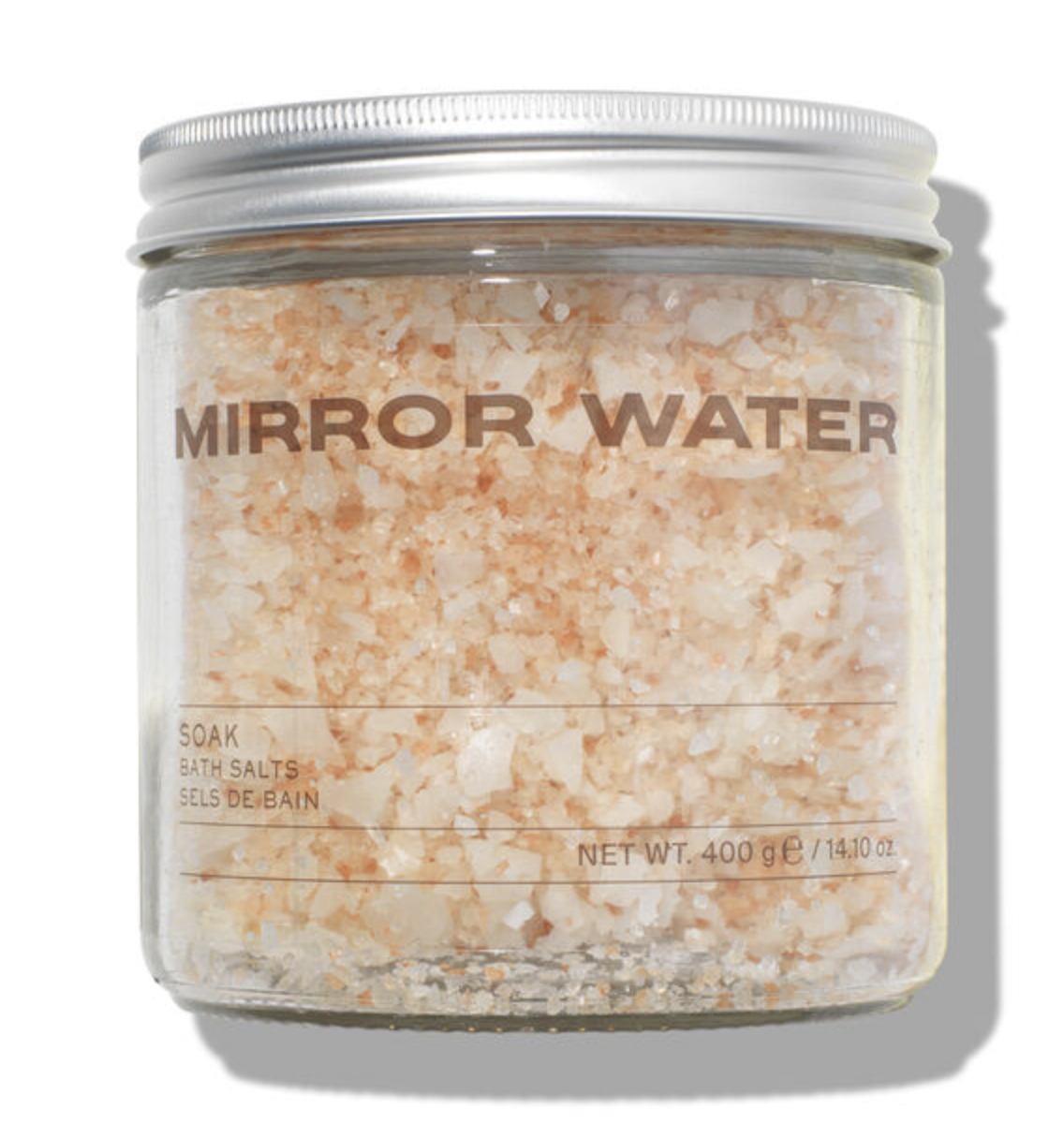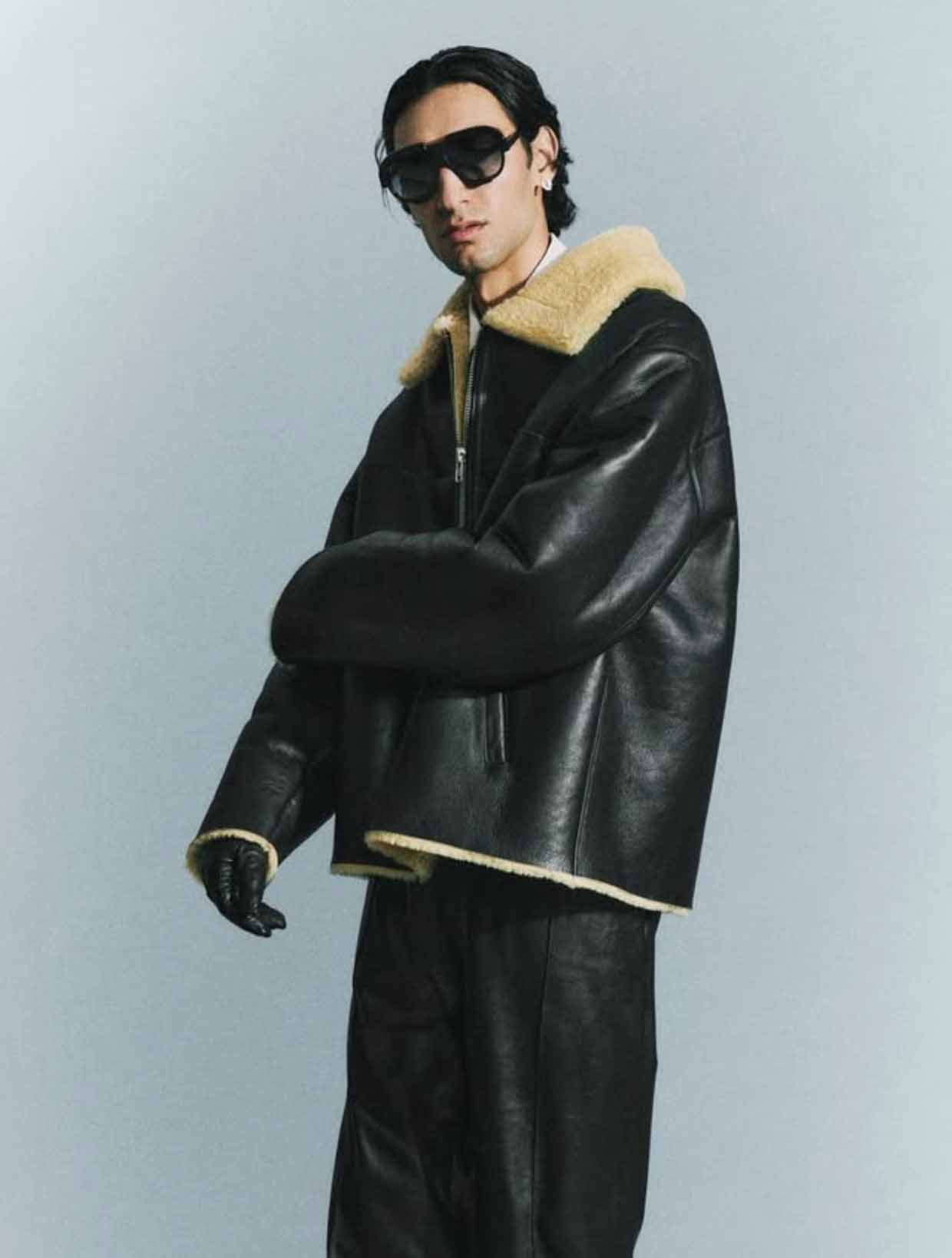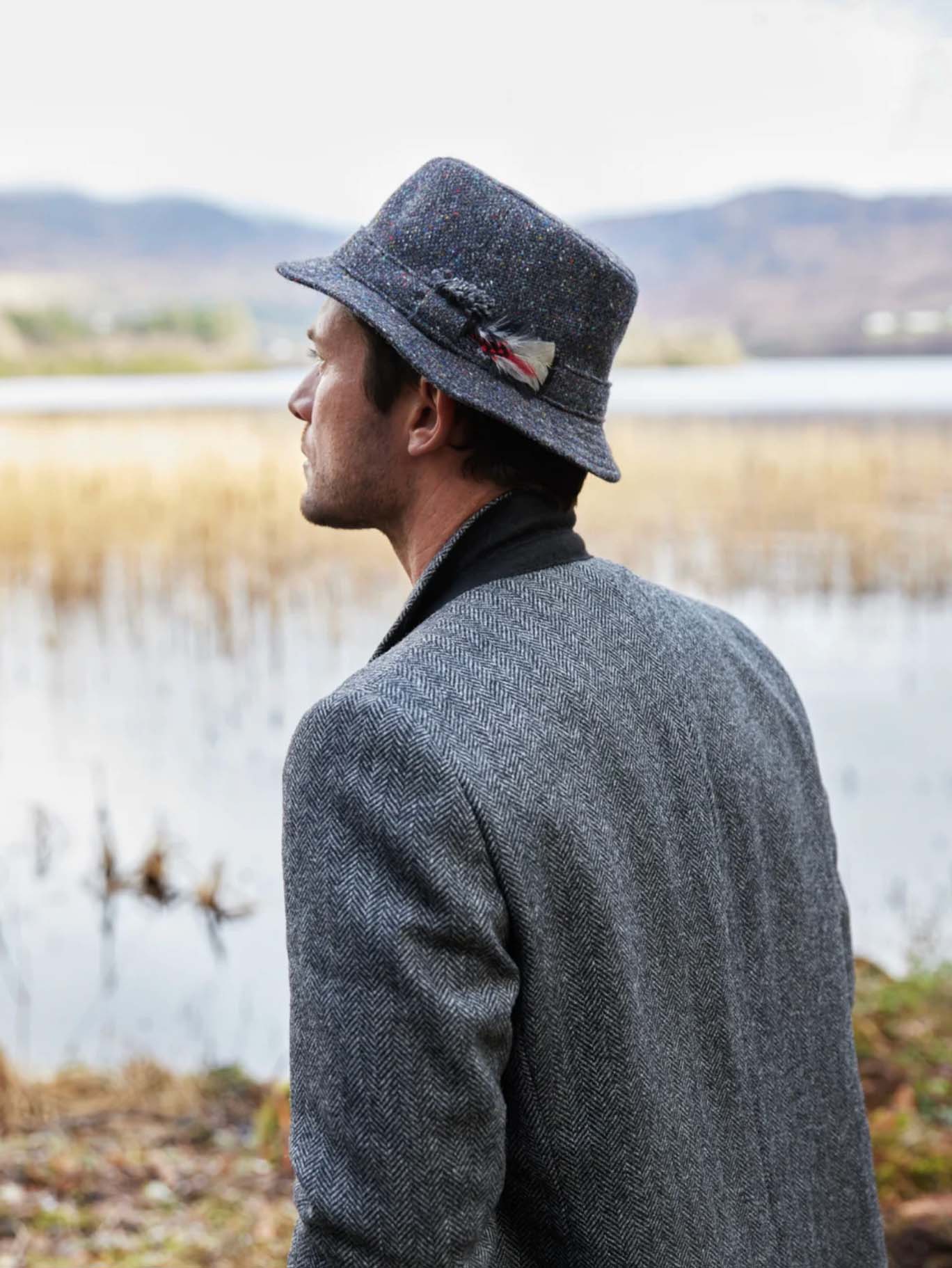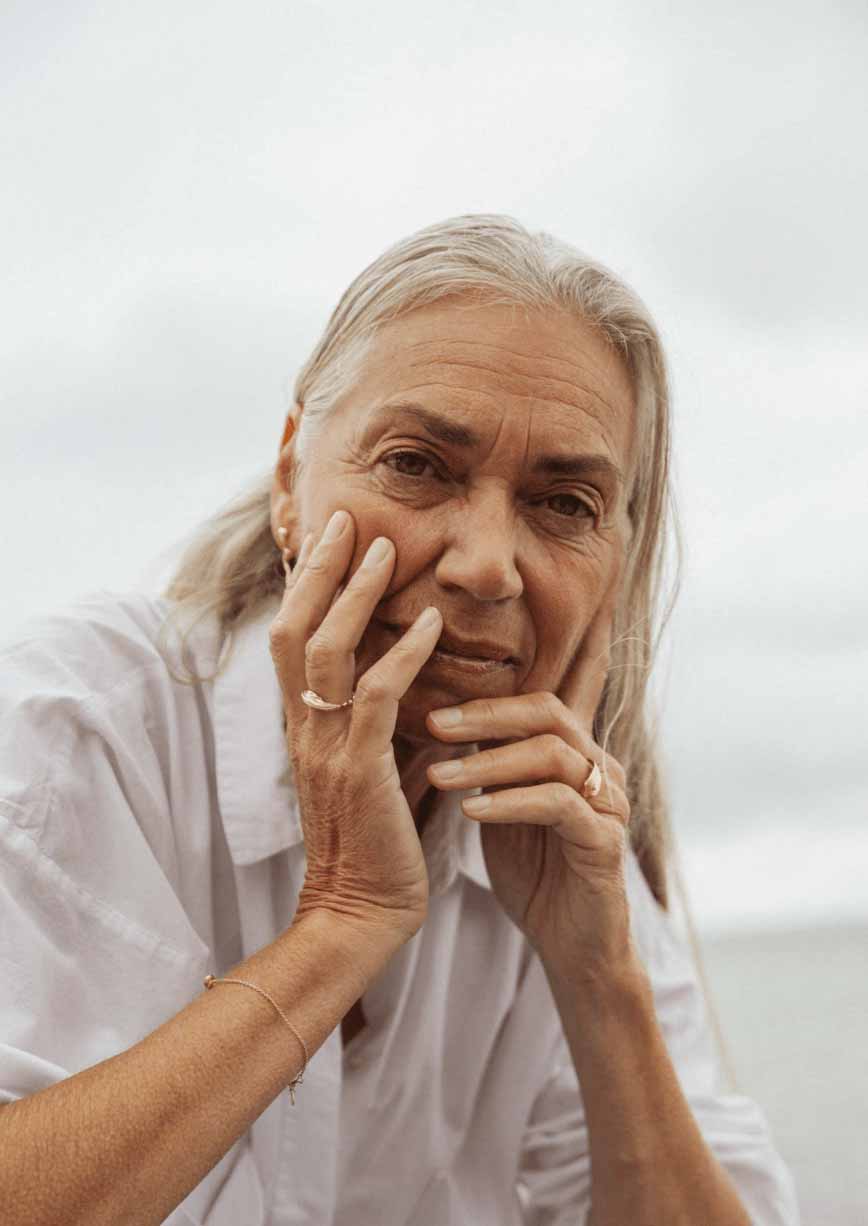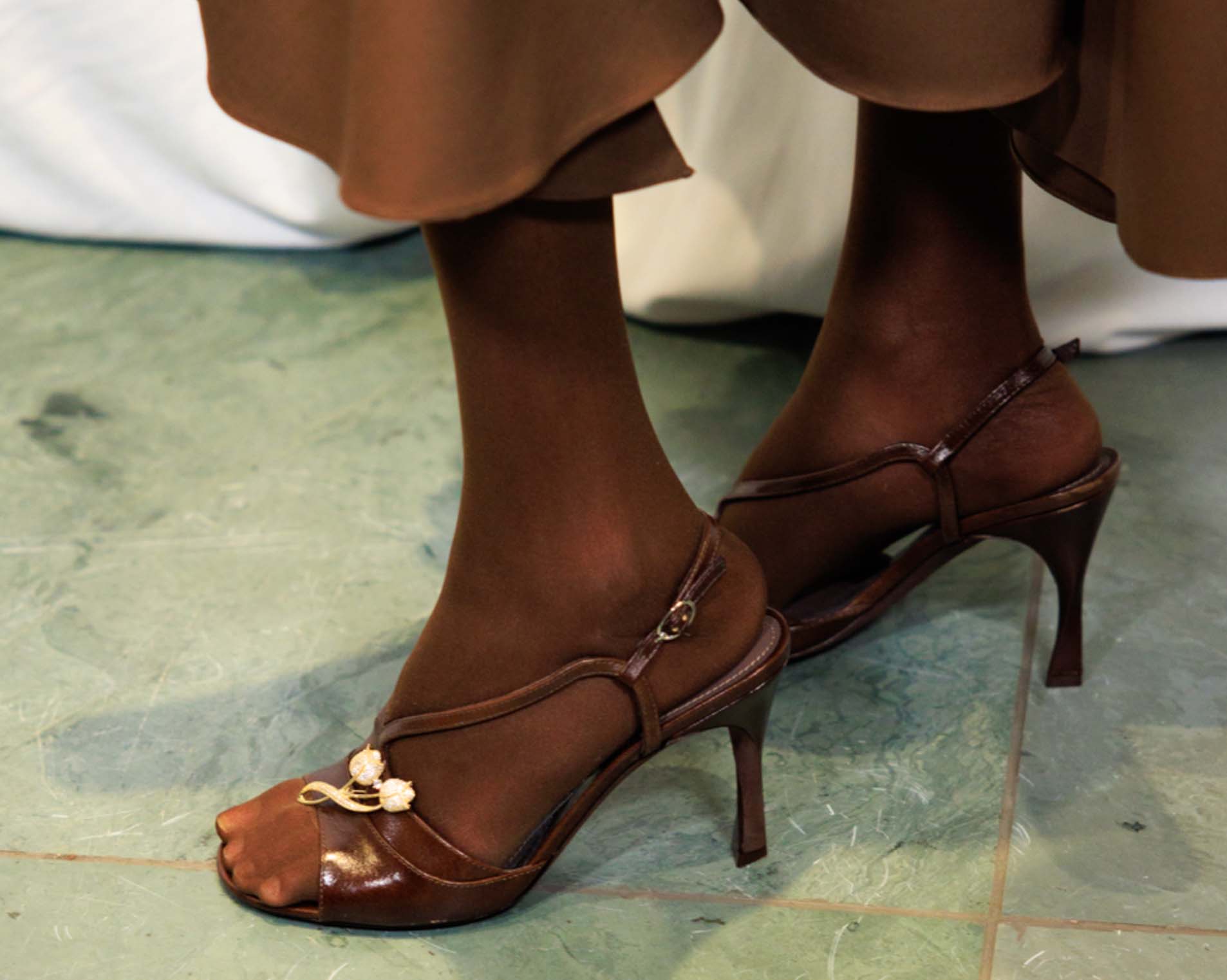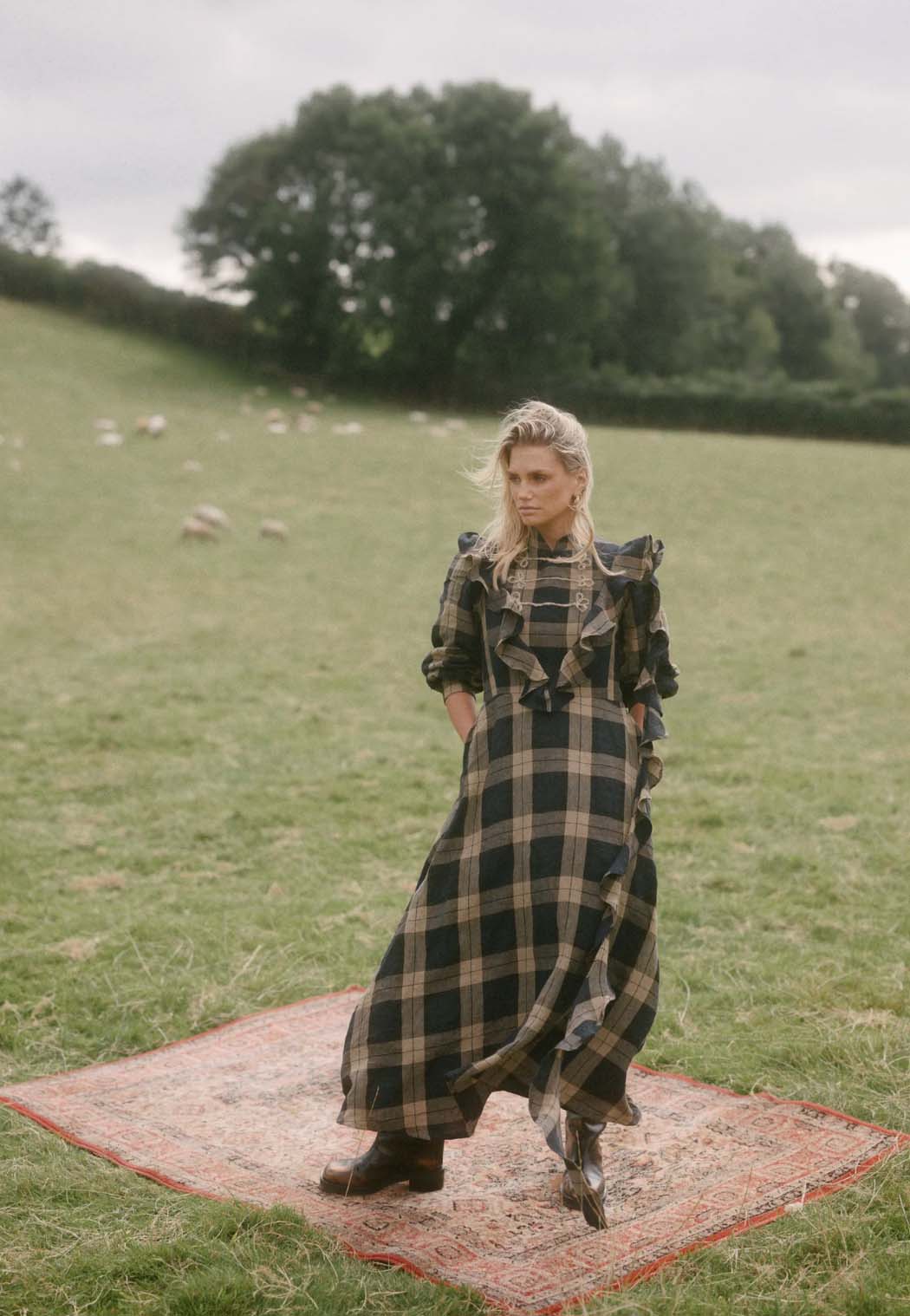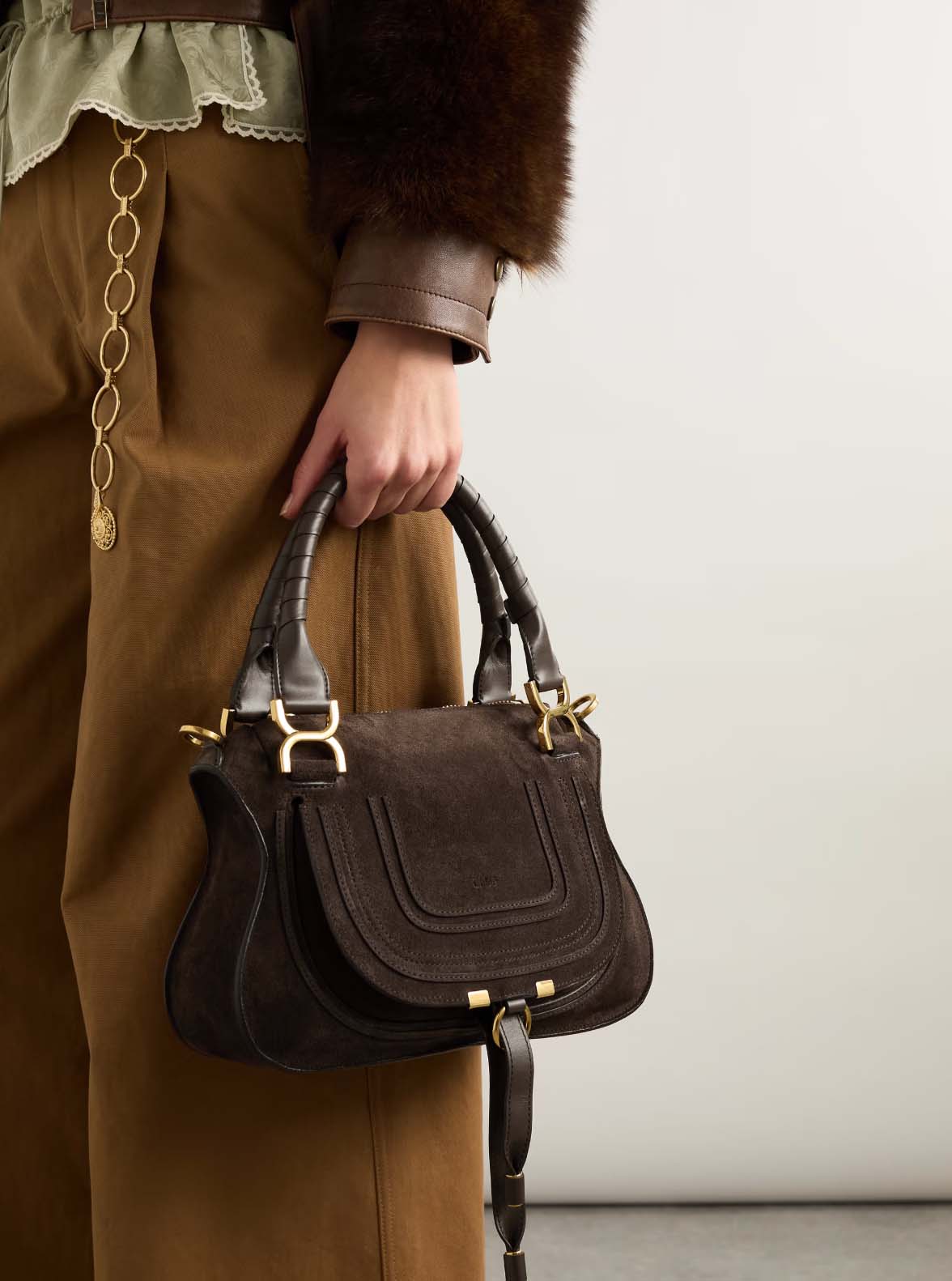.png)
From Soil to Soil, How Fashion Can Feed Our Planet
Today, we’re often far removed from the processes and materials behind the pieces in our wardrobes — but Ruth Alice Rands, founder of British knitwear label Herd, shares why rebuilding this connection could make us both happier and healthier.
It’s perhaps unusual to think of soil when we think of getting dressed. Counterintuitive, even — given the clean, pale, curated spaces we shop in, and the contrast with the world of farming, with all its mess and muck. But before we learned how to make fibres from petrochemicals (oil), everything we wore had a direct relationship with the earth and how it was grown.
Early on, the flax plant was soaked and separated, with every part of it used — the seeds for food and oil, the coarser strands for rope, and the finer fibres twisted and woven into linen cloth. Plant fibres predate wool, but as soon as we worked out how to make yarn from the annual bounty of our animal companions, our lives became warmer and woollier. Sheep provided meat, milk, and fine wool for clothing, as well as coarser fibres for waterproof, insulating cloth used in tents, beds, and home furnishings.
Colours were drawn from the landscape too — bark, leaves, roots, and flowers soaked to extract their natural hues. We learned which shades stayed true, which faded in sunlight, and which washed away. Nothing could be made that didn’t come from nature, so everything returned to it. Wool, for instance, contains high levels of potassium, nourishing the soil as it decomposes.
A farm was once a perfect ecosystem — nothing wasted, everything reused or returned to the earth. Lanolin from wool was used in balms; leftover fluff from spinning became filling for bedding and cushions. Making fibre for clothing was as natural and essential as growing food for the table.
.png)
As nations expanded and trade routes opened, fibres, fabrics, and dyes began to travel the world — cotton and indigo from India, silks and cashmere from China, alpaca and cotton from South America. Colours became precise, sophisticated and durable. Clothing became luxurious or functional, seasonal or year-round.
Then, in the mid-20th century, petrochemicals exploded into our world. Chemical companies pivoted to fertilisers, weed suppressants, and synthetic feed. Polyester, acrylic, and nylon were heralded as “wonder fibres” — easy to dye, quick to dry, and endlessly cheap. The transformation happened in our fields and our wardrobes almost simultaneously. People moved away from the land, from craft, from labour. For the first time, it seemed we no longer needed to make what we wore or grew.
The evolution of our lives began to outpace our evolution as a species by lightning speed. We moved from working with our hands to sitting at desks, from making food from scratch to buying it in plastic tubs, from crafting clothes that expressed who we were to picking something off a rail — often with no idea where it came from, how it was made, or what chemicals it contained.
But growing and making are what we were built to do. Our nervous systems calm when we touch soil, hear birdsong, or create with our hands. This ancient, inherited wisdom reminds us that connection — to the land, to making, to meaning — is essential to our happiness. If we knew more, we would make different choices — perhaps towards connection, which would make us happier and healthier.
Things crafted from nature’s bounty, when left unspoiled by heavy processing, can return to the earth without harm. They’re kinder to our bodies and nourish our souls with stories of making and creativity, and we tell those stories, in turn. When we choose to become part of the ecosystem we were designed for, we feed not only ourselves but the planet that sustains us.
No items found.
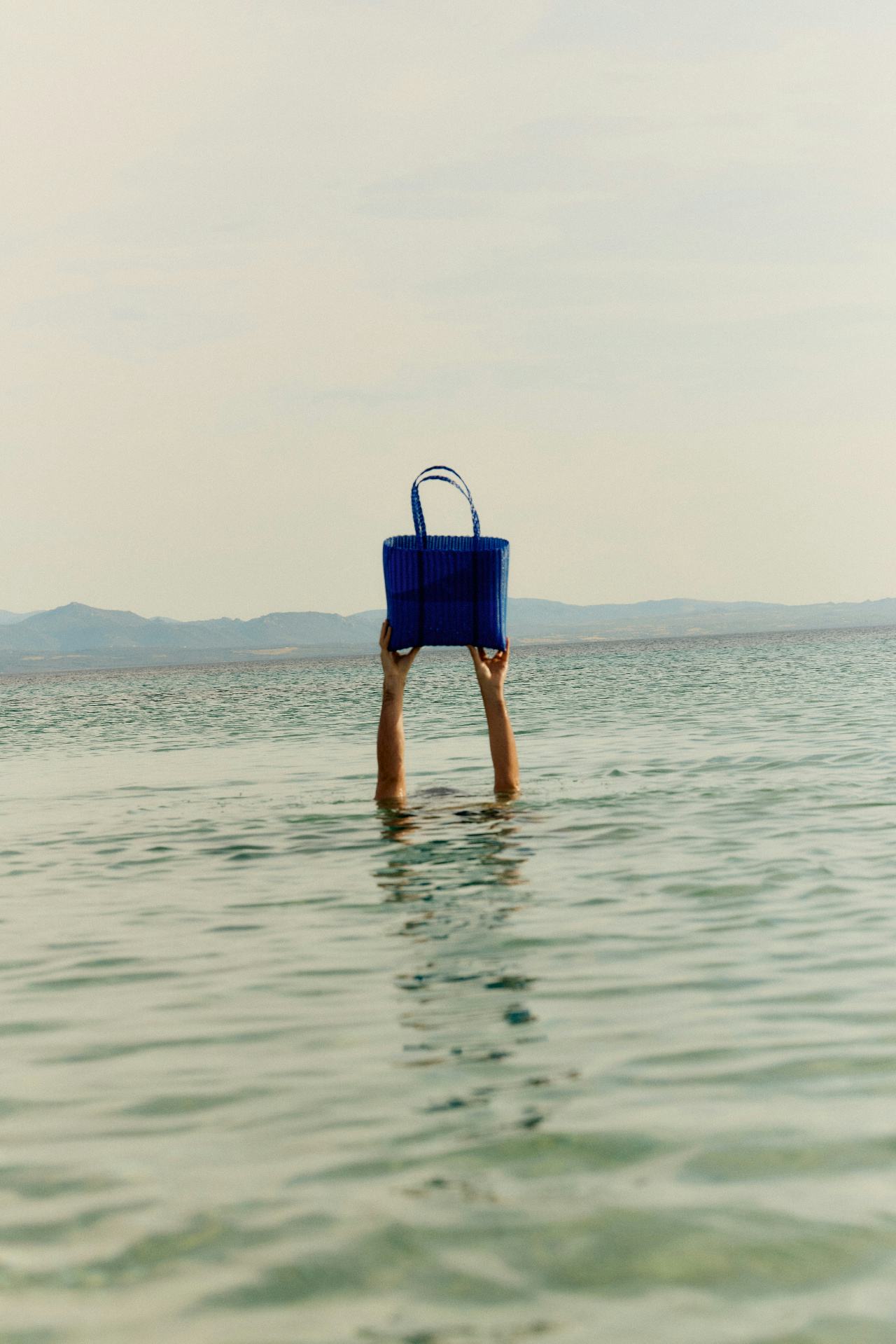
.webp)








